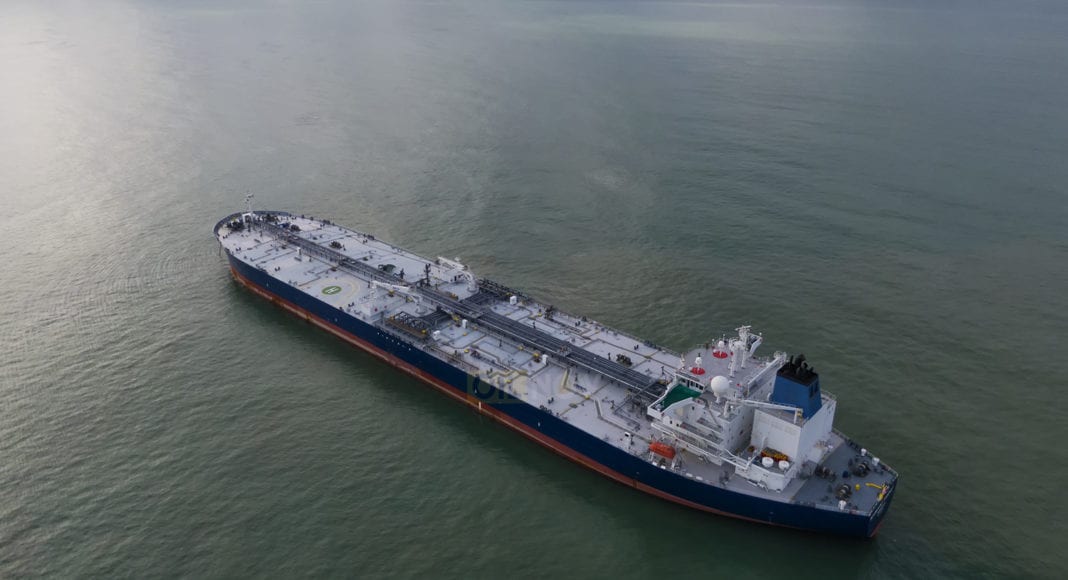Midsize tankers loading in the Americas could see freight rates taper down in the second quarter, as weather-related port logistic disruptions will decrease to a seasonal low and remove the main bullish factor from the otherwise pandemic-affected Aframax and Suezmax freight markets. But increased trade flows out of Guyana could combat depressed market rates amid the volatile global pandemic environment, S&P Global Platts said in a report.
The Suezmax segment often sees shifts in business from the VLCC and Aframax markets, as the medium-sized tanker is able to make a diverse range of voyages and can often times quickly become more economical for charterers over their counterparts, which has led to firming Suezmax freight as a knock-on effect.
ExxonMobil, Phillips 66 and Mercuria were among several charterers that have preferred Suezmaxes over Aframaxes in February and March, according to Platts.
“The Suezmax and Panamax markets remain a slave to the Aframax market,” a Suezmax shipowner said March 17.
Yet not all arrows are pointing down for Suezmaxes loading in the Americas, as volumes out of South American locations, namely Brazil and Guyana, have ramped up over the past year and continue to show strength into the coming days, keeping rates afloat heading into the summer doldrum months.
There are approximately three Suezmax-sized cargoes that load in Guyana each month, a pattern seen since October 2020, according to cFlow, Platts trade-flow software. Guyana Suezmax loadings compete with four cargoes seen loading at Covenas.
This trend began in 2020, as the Liza floating production storage and offloading vessel ramped up to a nameplate capacity of 120,000 b/d in December 2020, after being only a year into operation.
Suezmax loadings of Liza crude entered the market at a time when typical Caribbean loadings have slowed amid US sanctions on Venezuela that were imposed in January 2019, which has left Covenas, Colombia, the only major export port in the region.
Production out of the region is only expected to grow further, as ExxonMobil currently has second and third FPSOs undergoing development that are planned to come online in 2022 and 2024, respectively. ExxonMobil has also stated plans to have at least five FPSOs in place by 2026 to reach a capacity of 750,000 b/d, with the potential to have as many as 10 in the long term.
Long-term impacts to the freight markets are yet to be determined as the US Gulf Coast remains the main source of Suezmax exports out of the Americas.
“The Guyana play is currently more of an oil story than a shipping story as of now, but we will see,” a shipowner is quoted by Platts as saying.



